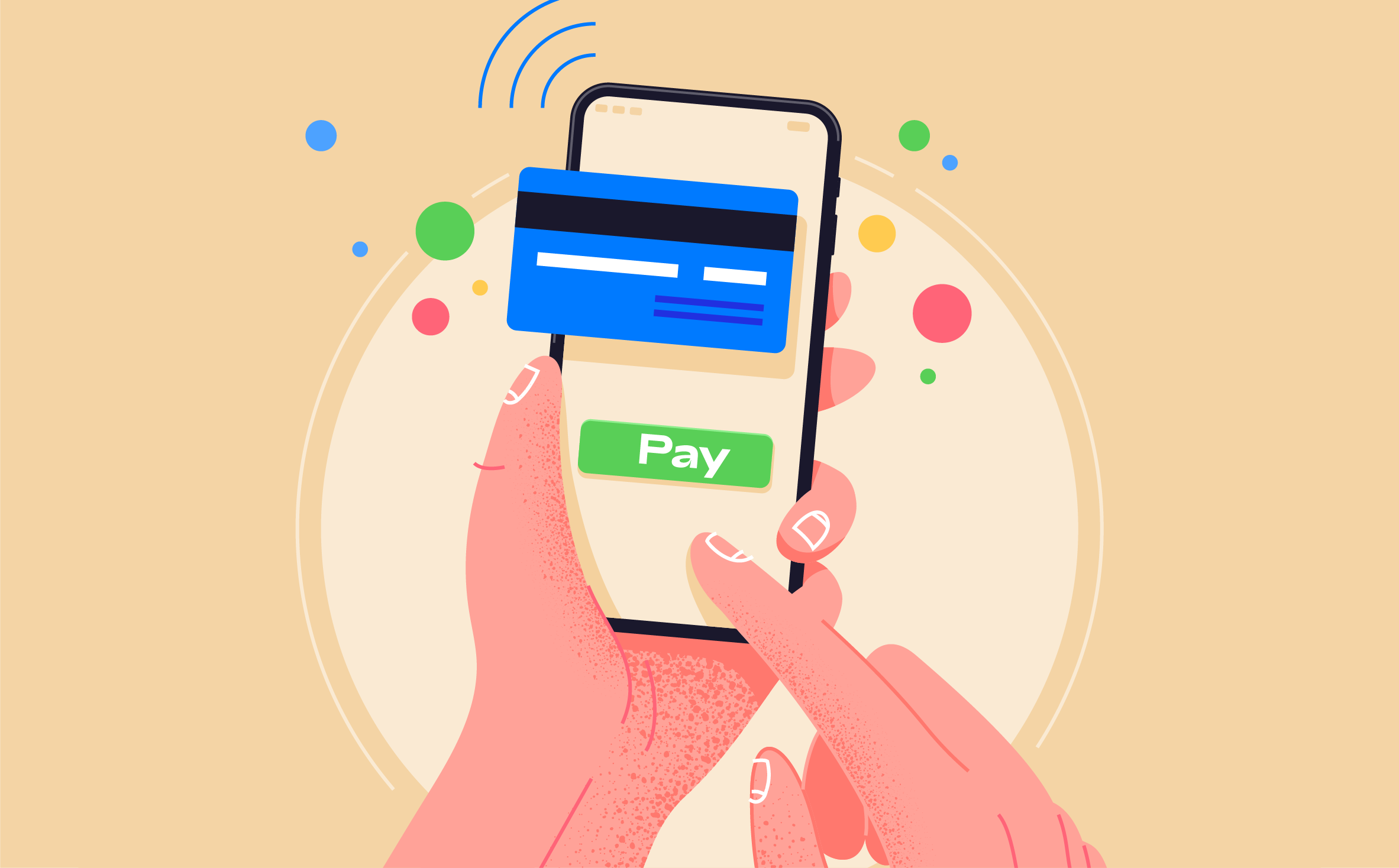Blog > How to Use Pay Now Buttons to Improve Customer Experience, Increase Sales, and Automate Collections
How to Use Pay Now Buttons to Improve Customer Experience, Increase Sales, and Automate Collections
Pay now buttons are a simple solution for merchants who want to make payments quick and easy for their customers. These payment buttons can appear in a variety of different contexts (from emails to online portals to webpages), but they all have one purpose: to make payment as seamless and painless as possible for customers. But pay now buttons offer benefits to merchants as well as customers. They help merchants improve the customer experience, increase sales, and automate payment collections.
What are pay now buttons?
Pay now buttons allow B2B merchants to facilitate simple digital payments for their customers. Instead of requiring customers to call and make a payment over the phone, mail in a check, or pay in person with a terminal or card swiper, customers can make a digital payment wherever they are.
How to use pay now buttons
Merchants can add pay now buttons to their current system using an integrated payment application. Integrated payment applications plug into your existing software and add seamless omnichannel payment options. With a payment integration, you can embed payment buttons into your eCommerce site and take advantage of email pay and a customer payment portal.
1. eCommerce payments
Adding a payment button and a secure checkout to your eCommerce store will make it easier for customers to purchase from you. They won’t be redirected to another site to pay, which can be confusing or off-putting and may even cause customers to abandon their carts. Instead, they’ll have a smooth and simple payment experience directly on your site.
2. Email pay
Some integrated payment applications include an email pay feature. Click to Pay email invoicing allows customers to pay off invoices via email. The merchant first creates an invoice in their accounting software and emails it to the customer. The customer clicks on a payment button in the email and goes to a secure online form. They enter their payment details, and the payment automatically syncs back to the merchant’s accounting software. Email pay cuts down on collection times by giving customers a convenient way to pay. When the notification email arrives in their inbox, the link to pay is right there—they don’t have to make a phone call or schedule a time to pay. They can pay right then and there.
3. Customer payment portal
A customer payment portal is a secure online portal where customers can log in to view and manage their invoices. They can view their payment history and make full or partial payments on invoices using pay now buttons. Merchants can set up automatic notifications that alert customers when invoices are uploaded, when they’re upcoming, and when they’re past due. Customers can quickly and conveniently make payments from any internet-connect device. Customer payment portals give customers helpful tools to manage multiple invoices and are best suited for businesses with repeat customers.
5 reasons to use pay now buttons
1. Better customer experience
Payment buttons improve the buying experience for customers. They don’t have to go out of their way to pay off an invoice. They can make a payment from wherever is most convenient for them—whether on the go, in the office, or at home. This ease of use translates into increased customer satisfaction.
2. Enhanced credibility
Pay now buttons boost merchants’ credibility. Instead of redirecting customers to a third-party site or payment application, the merchant directly facilitates the transaction. This immediacy reflects a trustworthy and professional business, which can lead to an improved reputation and increased customer loyalty.
3. Increased sales
With a better customer experience, enhanced credibility, and seamless payment options, merchants who use pay now buttons experience increased sales. Their customers are more satisfied and more loyal, and there’s less friction and fewer barriers when customers are paying. These combined factors lead to more sales for the merchant.
4. Less stress on accounting team
Payment buttons speed up payment collections and automate the reconciliation process. With email pay and a customer payment portal, your customers have self-serve options for making payments. Instead of trying to schedule calls or times to pay, customers simply make the payment themselves. Better yet, email pay and customer payment portals do the follow-up work for you with automated email reminders. As a result, your accounting team will spend less time processing and following up on payments and can focus their attention elsewhere.
5. Stronger security
Because they’re provided by an integrated payment application, payment buttons add a layer of additional security to your business. All payment data is tokenized and encrypted, which protects it in the event of an outside attack. Integrated payment applications are also PCI compliant and follow the latest guidelines in payment security. Finally, payment applications typically provide fraud prevention modules, which automatically monitor transactions for fraud, and off-site data storage, which removes the burden of storing vulnerable data from merchants. With all of these security measures in place, your customers can be confident their information is safe when they click a pay now button.
Use pay now buttons to give customers seamless digital payment options
Customers expect simple, easy-to-use digital payment options. They don’t want the trouble of paying over the phone or going through a third-party service. They want a secure option that allows them to pay on their own schedule. You can meet this need and improve the customer experience with payment buttons. Once installed, pay now buttons will lead to stronger customer relationships and brand loyalty, more sales, less stress on the accounting team, and heightened security.
 EBizCharge is proven to help businesses collect customer payments 3X faster than average.
EBizCharge is proven to help businesses collect customer payments 3X faster than average. 